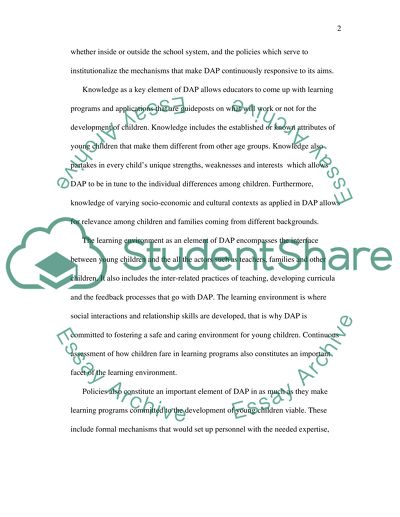Cite this document
(“Education of Young Children Essay Example | Topics and Well Written Essays - 2000 words”, n.d.)
Retrieved from https://studentshare.org/miscellaneous/1532408-education-of-young-children
Retrieved from https://studentshare.org/miscellaneous/1532408-education-of-young-children
(Education of Young Children Essay Example | Topics and Well Written Essays - 2000 Words)
https://studentshare.org/miscellaneous/1532408-education-of-young-children.
https://studentshare.org/miscellaneous/1532408-education-of-young-children.
“Education of Young Children Essay Example | Topics and Well Written Essays - 2000 Words”, n.d. https://studentshare.org/miscellaneous/1532408-education-of-young-children.


